Understanding Navaratri: Origins and Significance
Navaratri, which translates to “nine nights,” is a major Hindu festival that honors the divine feminine principle. It is celebrated over nine nights in various parts of India, typically in the lunar month of Ashvin, which corresponds to September or October in the Gregorian calendar. The festival is dedicated to Goddess Durga, whose different forms represent various aspects of womanhood and power. Each night of Navaratri is dedicated to the worship of a specific manifestation of the goddess, leading to celebrations that vary widely across different regions of the country.
The origins of Navaratri can be traced back to ancient Hindu texts, with its roots embedded in the mythology surrounding the victory of Goddess Durga over the buffalo demon, Mahishasura. This triumph symbolizes the victory of good over evil and establishes the festival as a time for reflection, renewal, and spiritual awakening. Each form of the goddess—Durgā, Lakshmi, and Saraswati—represents the collective strength, wealth, and wisdom respectively, which are essential traits in the spiritual journey of an individual.
Throughout the festival, devotees engage in various rituals and traditions, including fasting, prayer, dance, and music, which enhance the community bond. Garba and Dandiya Raas, traditional dance forms, are an integral part of these celebrations in many regions, highlighting the festive spirit and the cultural significance of Navaratri. Additionally, the festival acts as a reminder of the importance of maintaining harmony and balance in one’s life, as it reflects the cyclical nature of creation and destruction inherent in the universe.
The significance of Navaratri extends beyond mere celebrations; it serves as a time for devotees to express gratitude, seek blessings, and cultivate the virtues represented by the goddess. The festival is a rich tapestry of mythology, culture, and spirituality, resonating deeply within the hearts of those who partake in its observances.
March Celebrations: Unique Traditions and Practices
The month of March brings forth a unique observation of Navaratri, distinguished by customs and practices that set it apart from the more widely recognized September celebrations. While the essence of honoring the goddess remains consistent, the rituals and community gatherings during this time showcase distinct regional variations and cultural significance. One of the notable aspects of this March celebration is the focus on fervent devotion and spiritual rejuvenation.
During this period, various pujas (prayers) are performed, which might include specific rituals dedicated to the nine forms of the goddess Durga. Devotees often engage in early morning prayers, which are characterized by the chanting of hymns and recitation of sacred texts. Families come together to create an atmosphere of devotion, often setting up altars adorned with flowers, fruits, and traditional sweets as offerings. This nurturing of family bonds through shared religious observance is an essential aspect of the March Navaratri.
Fasting also plays a crucial role in the March celebrations, with devotees abstaining from certain foods as a form of penance and spiritual cleansing. This practice varies across communities, with some individuals adhering to a strict diet, while others may opt for lighter meals throughout the duration of the festival. The diversity in fasting traditions reflects the multifaceted nature of devotion among different cultural groups.
Moreover, community participation is heightened during this time, with events and processions taking place to celebrate the goddess. Local organizations often host cultural activities, including dance, music, and theatrical performances inspired by the myths associated with Durga. These gatherings not only enhance the festive spirit but also encourage communal harmony and collective understanding of the faith. In March, Navaratri emerges not just as a religious occasion but also as a vibrant celebration of culture and tradition reflected through diverse practices.
Festive Cuisine: Dishes Associated with Navaratri in March
Navaratri, a festival dedicated to the worship of the divine feminine, is renowned not only for its spiritual significance but also for its diverse culinary traditions. The nine nights of celebration involve specific dietary practices, emphasizing vegetarianism and purity. During this period, many devotees observe fasting, which includes the preparation of special dishes that are both flavorful and symbolic.
One of the most beloved recipes during Navaratri is **sabudana khichdi**, made from tapioca pearls, peanuts, and spices. This dish is often consumed for its energizing properties, providing sustenance while adhering to fasting guidelines. Another favorite is **kuttu ki puri**, a deep-fried bread made from buckwheat flour, which is both gluten-free and easily digestible, making it a popular choice among those observing the festival.
Fruits and vegetables play a central role in Navaratri cuisine. Ingredients like **sweet potatoes**, **raw bananas**, and various seasonal fruits are often featured. These not only offer nourishment but also carry spiritual connotations, reminding devotees of nature’s bounty and the importance of respecting the environment. **Sama rice**, or barnyard millet, is another mainstay, commonly used in dishes such as **sama khichdi**, which aligns with the fasting rituals while being rich in nutrients.
Moreover, **halwa**, typically made from ingredients like **besan** (gram flour) or **suji** (semolina), is a staple sweet dish during this festival. The preparation of halwa varies regionally, with added garnishes such as nuts and dried fruits that contribute to its delightful flavor profile. Each of these dishes not only reflects the rich cultural tapestry of Navaratri but also serves as a reminder of the spirituality ingrained in culinary practices. Thus, the festive cuisine during Navaratri in March beautifully encapsulates the essence of devotion, community, and shared heritage.
Cultural Events and Celebrations: Engaging the Community
Navaratri, a festival that honors the divine feminine, is celebrated with grand enthusiasm and various cultural events that engage communities across different regions. During March, the celebrations often feature a rich array of activities, including traditional dance performances such as Garba and Dandiya, music concerts, and local fairs. These events not only provide entertainment but also serve as a means of bringing people together, fostering a sense of harmony and unity amongst participants. In many areas, the lively atmosphere cultivated during Navaratri invites individuals from various backgrounds to join in the spirit of celebration.
The significance of community involvement during these festivities cannot be overstated. Participation in cultural events enhances social bonds and allows individuals to take pride in their heritage while sharing it with others. In many towns and cities, you can see residents setting up stages for performances, organizing food stalls, and promoting local artisans. Through such activities, Navaratri not only showcases traditional customs but also educates attendees about the festival’s deeper spiritual meanings and values. This educational aspect is crucial in ensuring that the customs associated with Navaratri continue to be passed down through generations.
Furthermore, in today’s digital age, social media and virtual platforms play a significant role in connecting people during these celebrations. Online platforms facilitate real-time sharing of experiences, allowing families and friends separated by distance to partake in the festivities together. Live streaming events and sharing photos and videos on social channels enable participants from around the world to appreciate the cultural richness of Navaratri. Through these means, the festival transcends geographical barriers, encouraging a global community that celebrates its diversity while honoring a shared heritage.


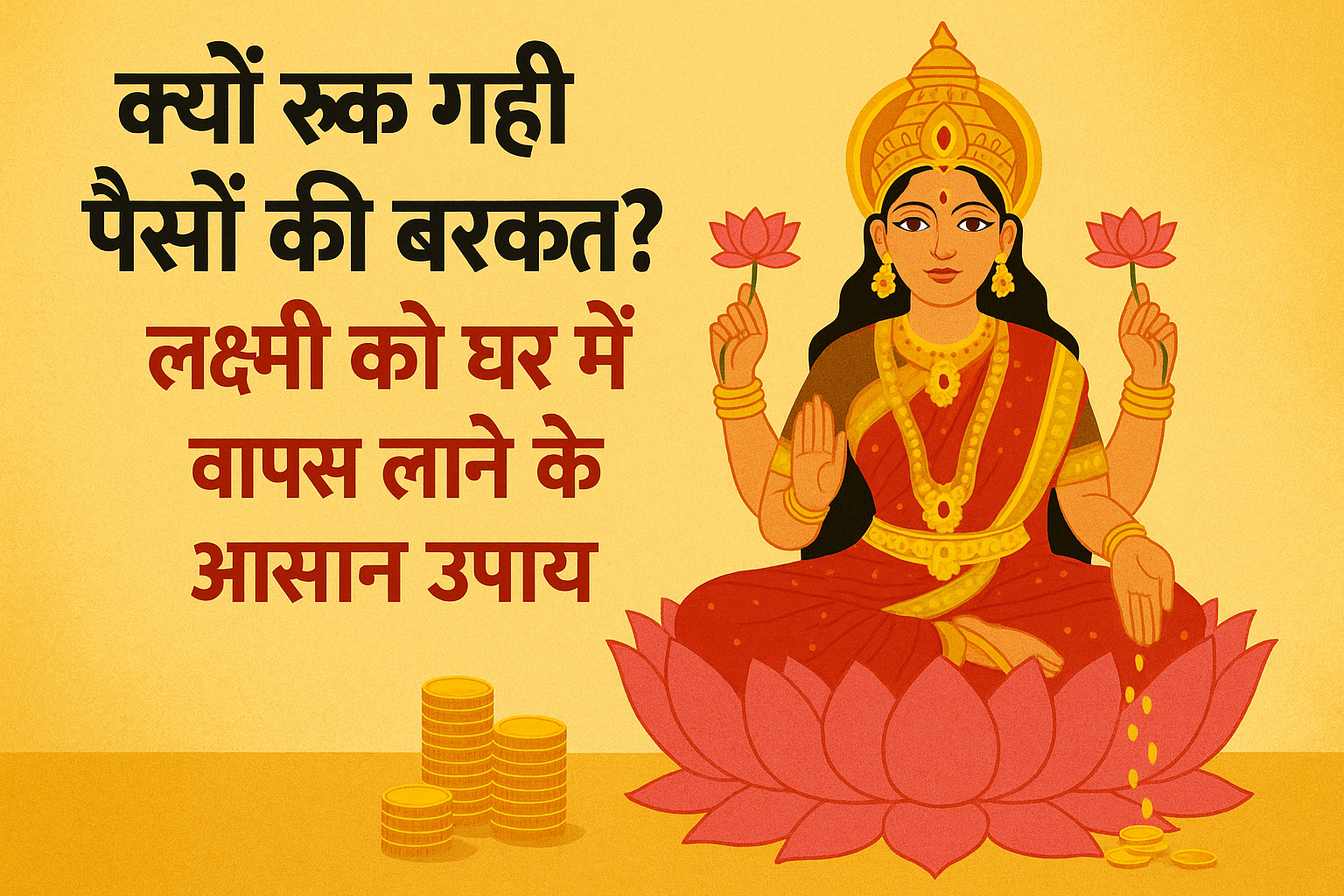
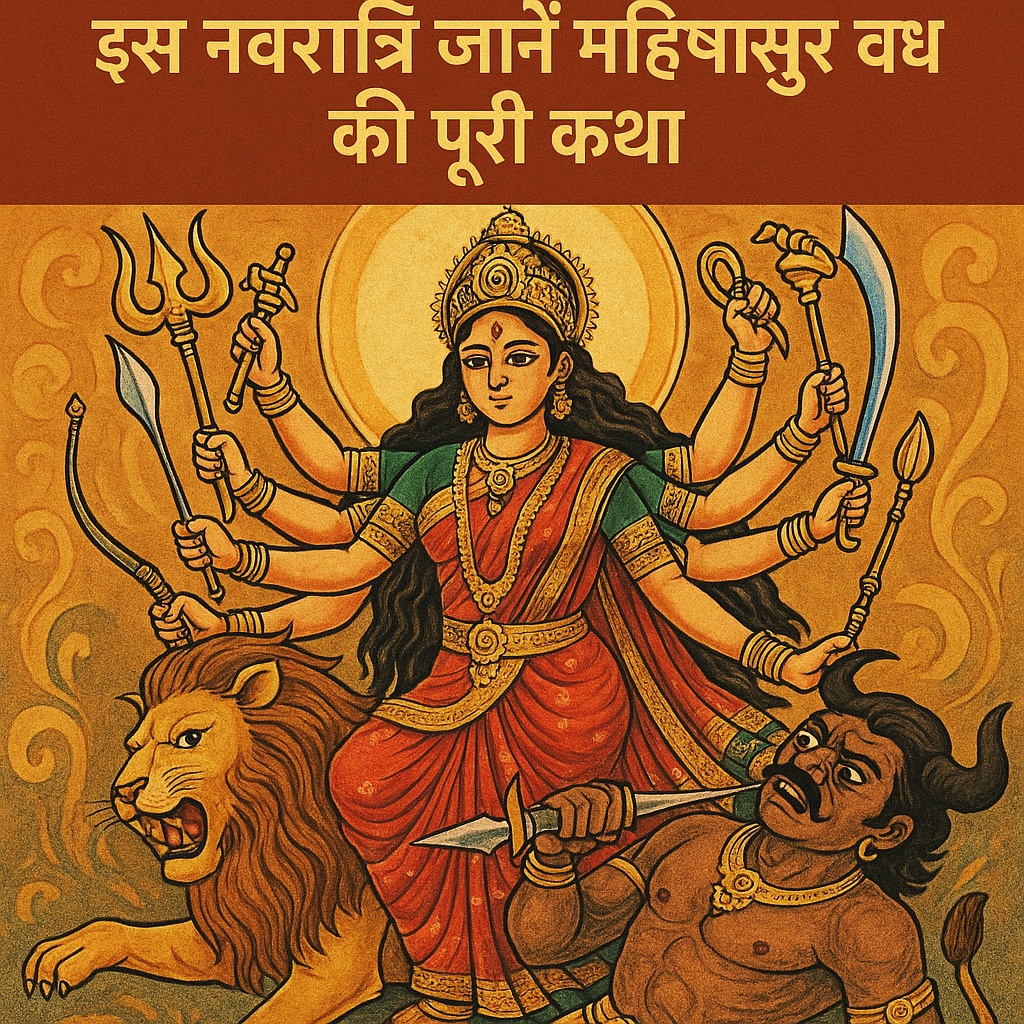

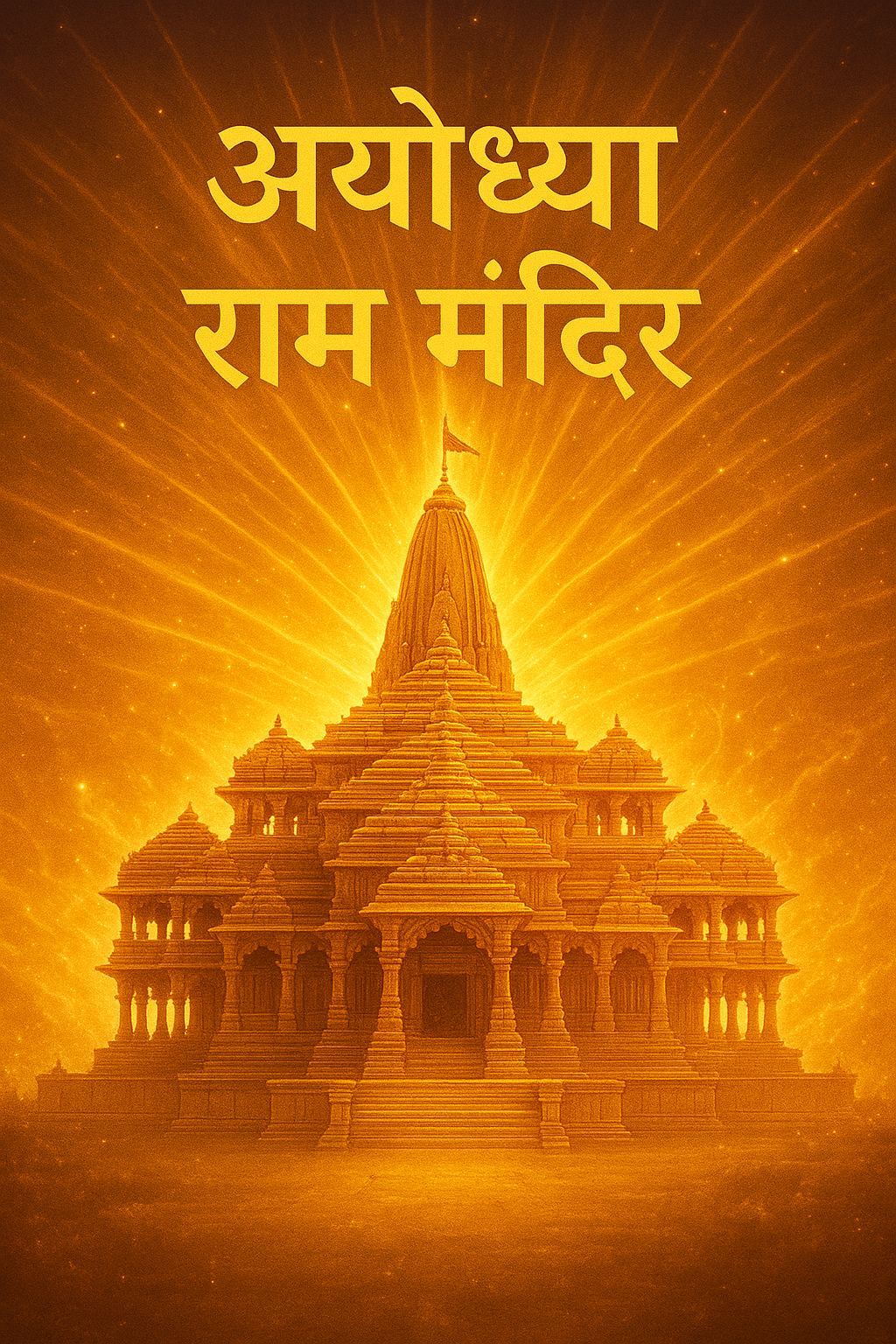
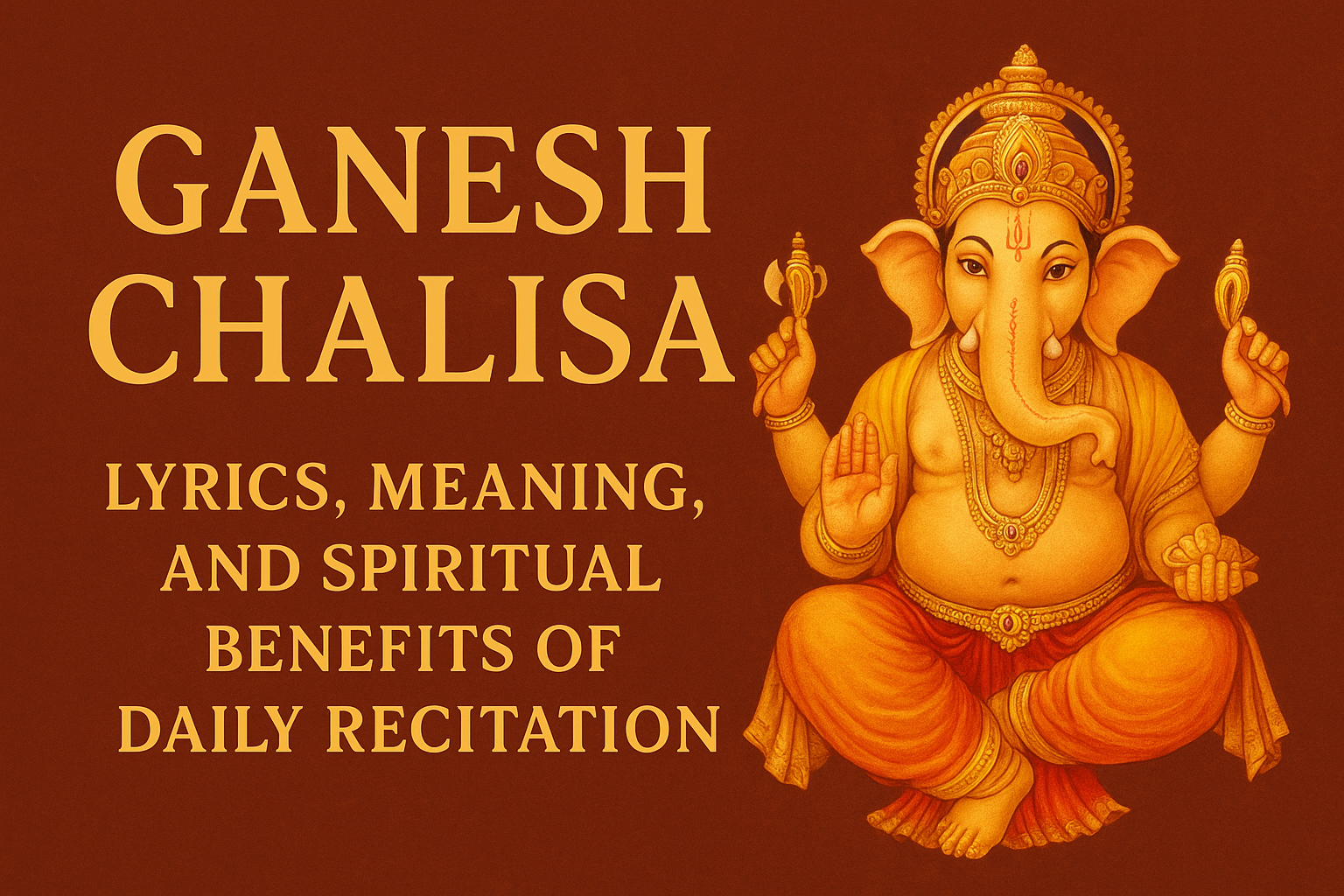
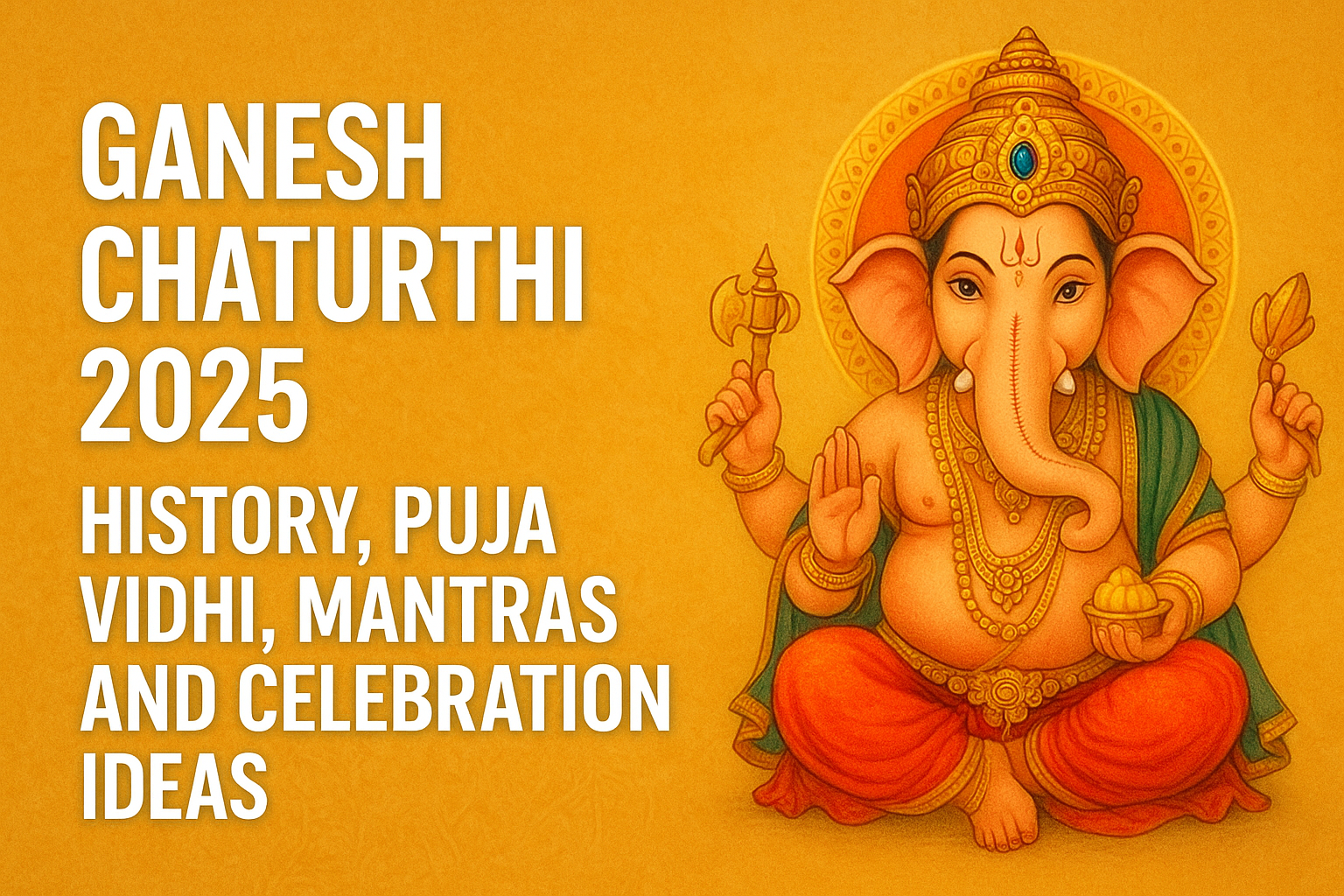
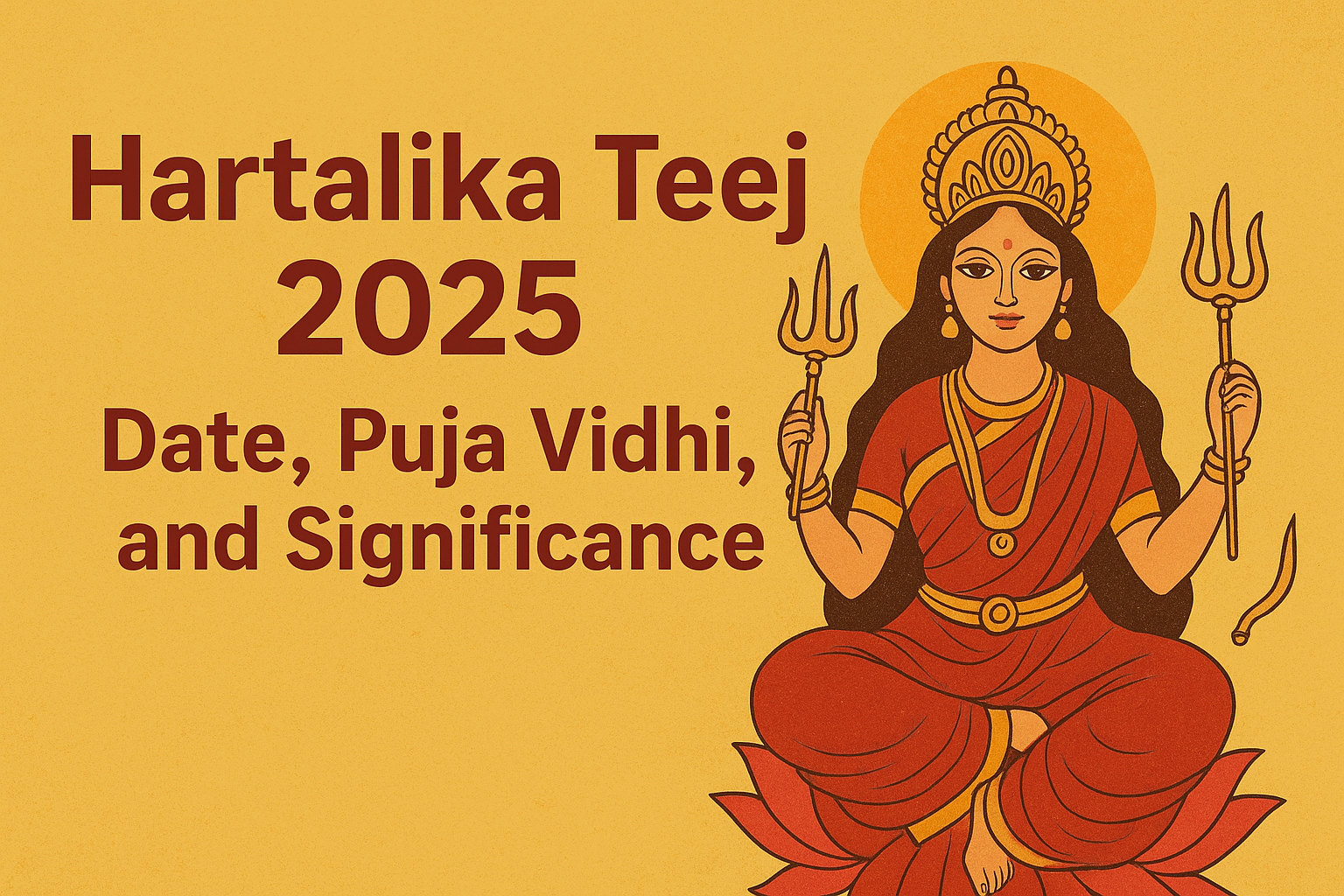
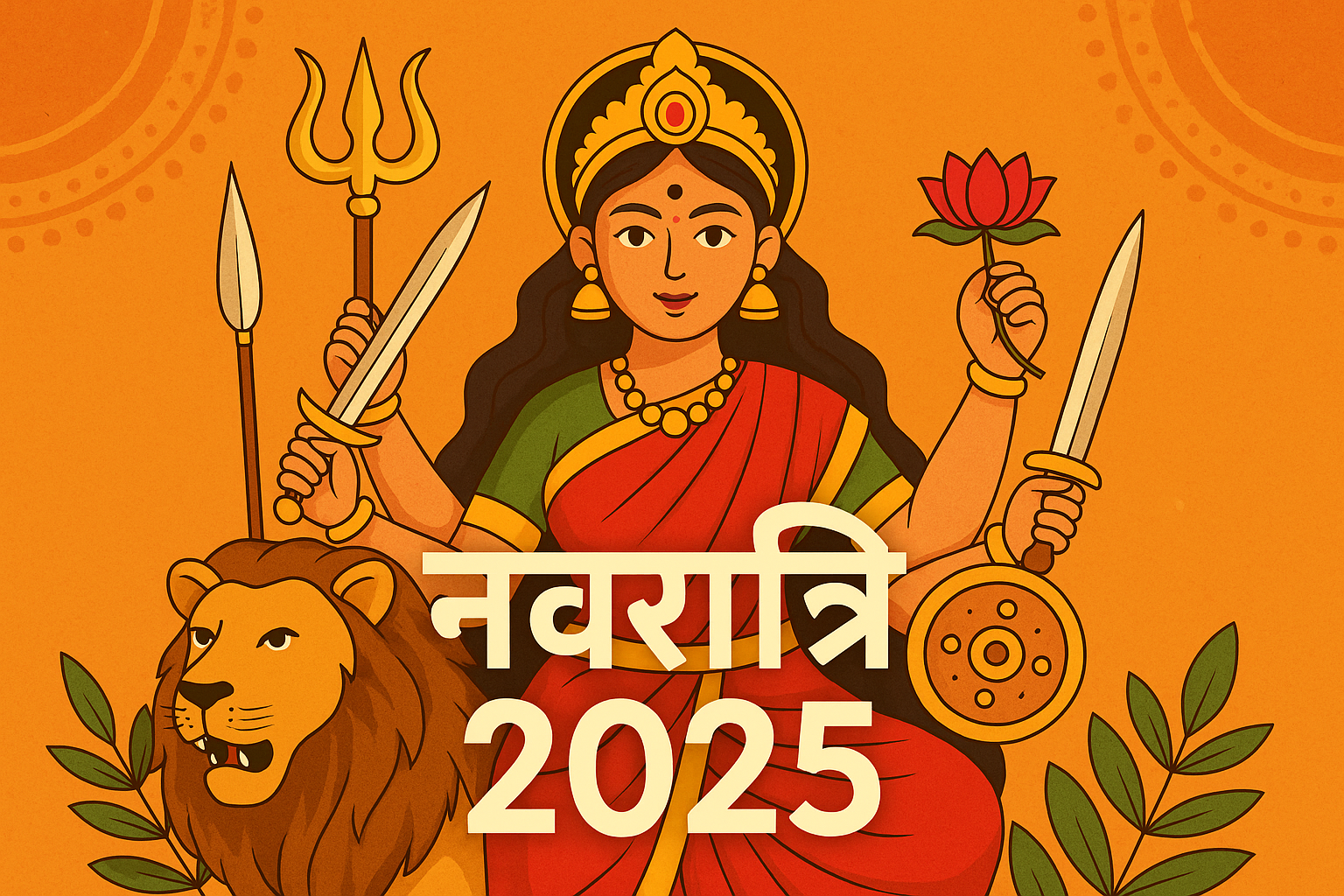
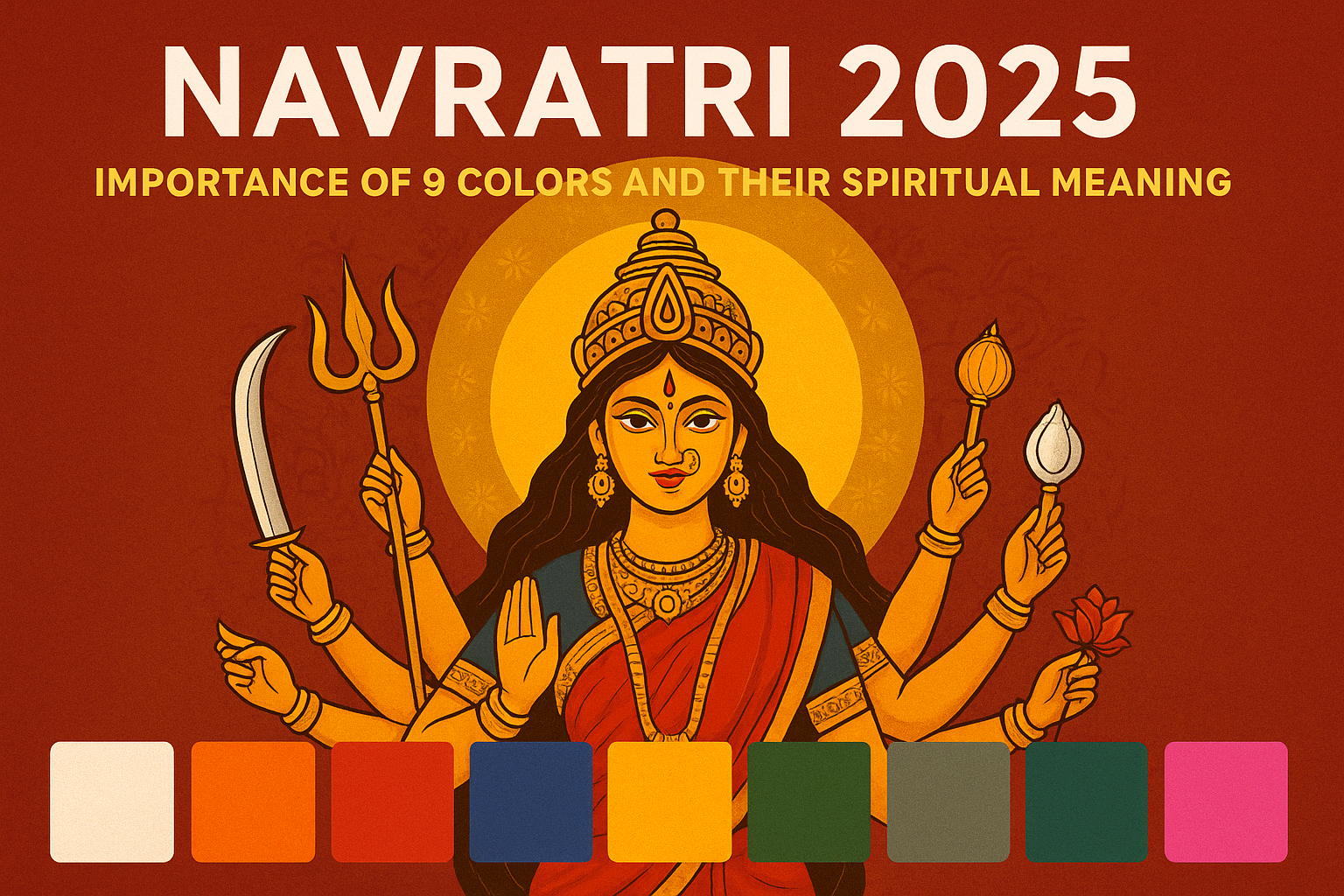



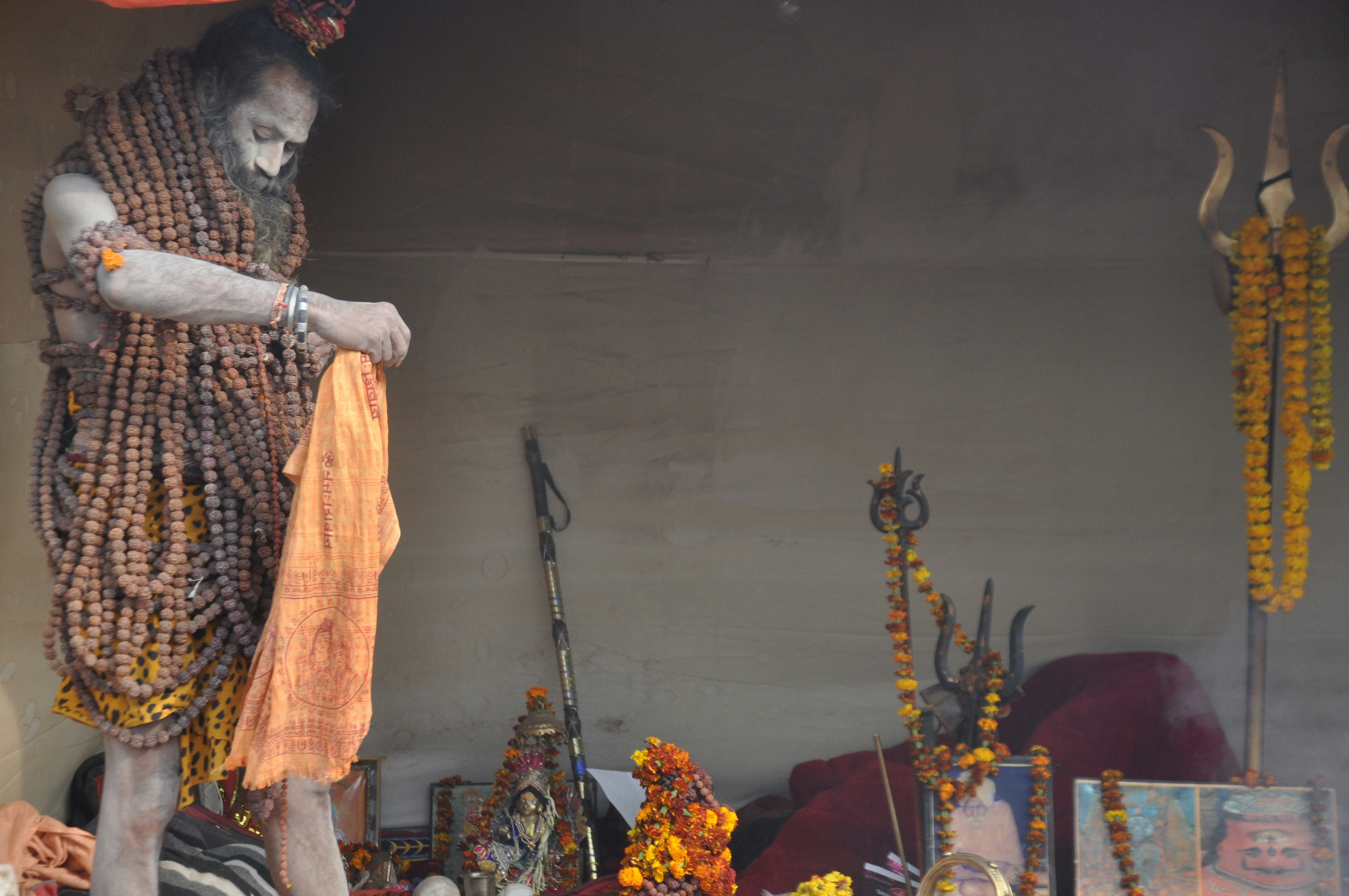

Leave a Reply